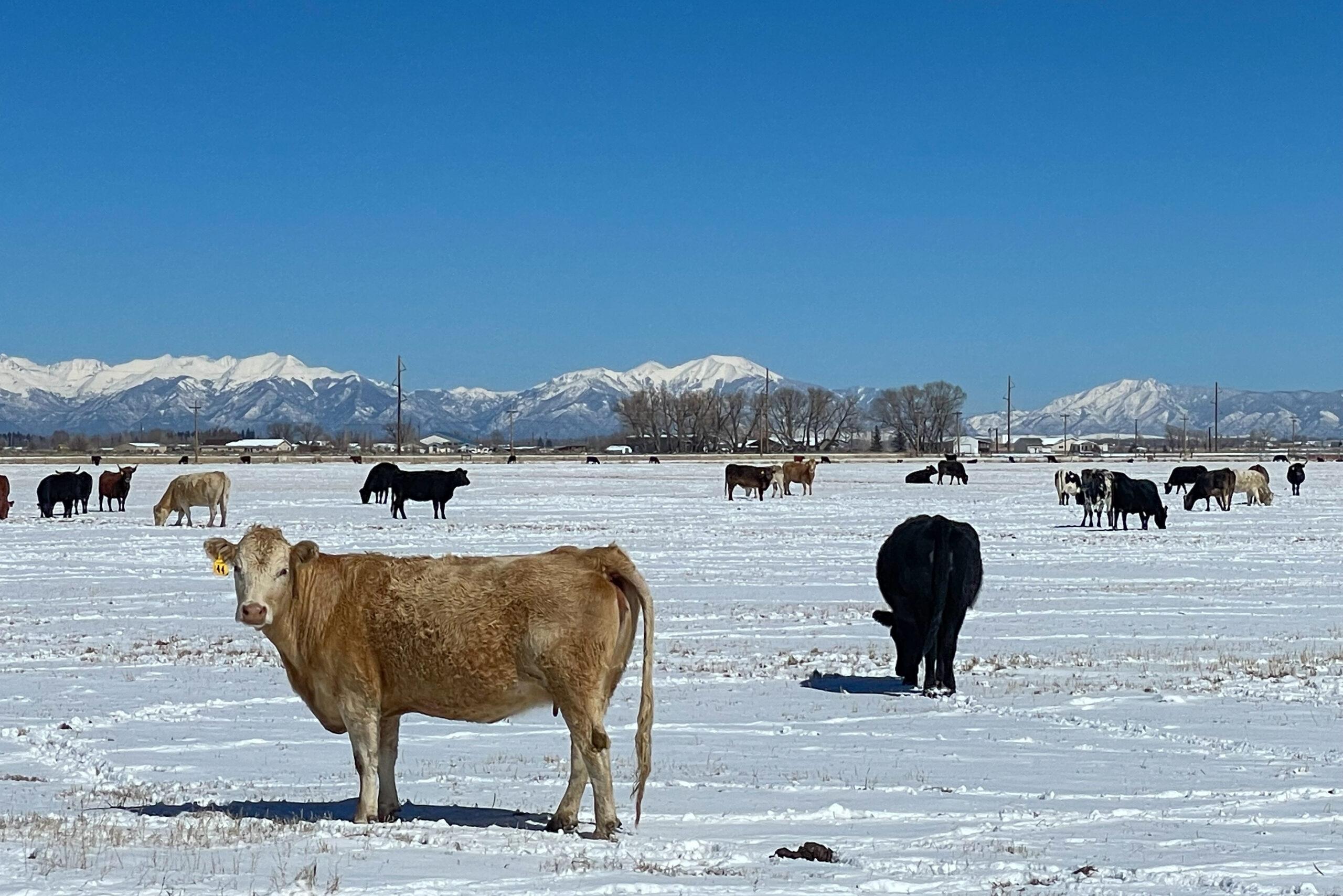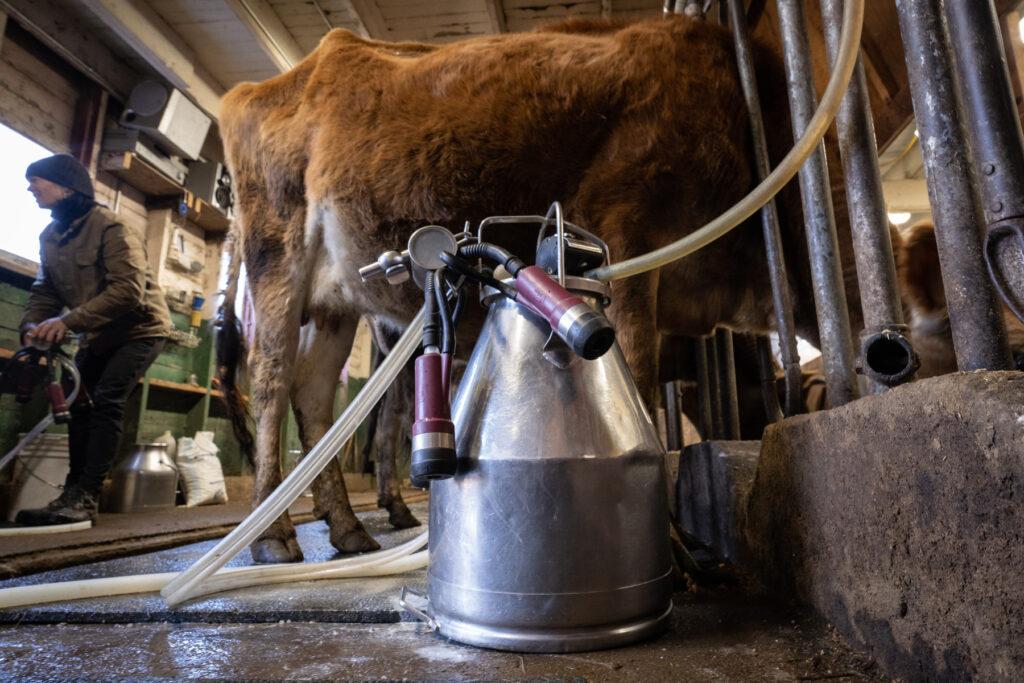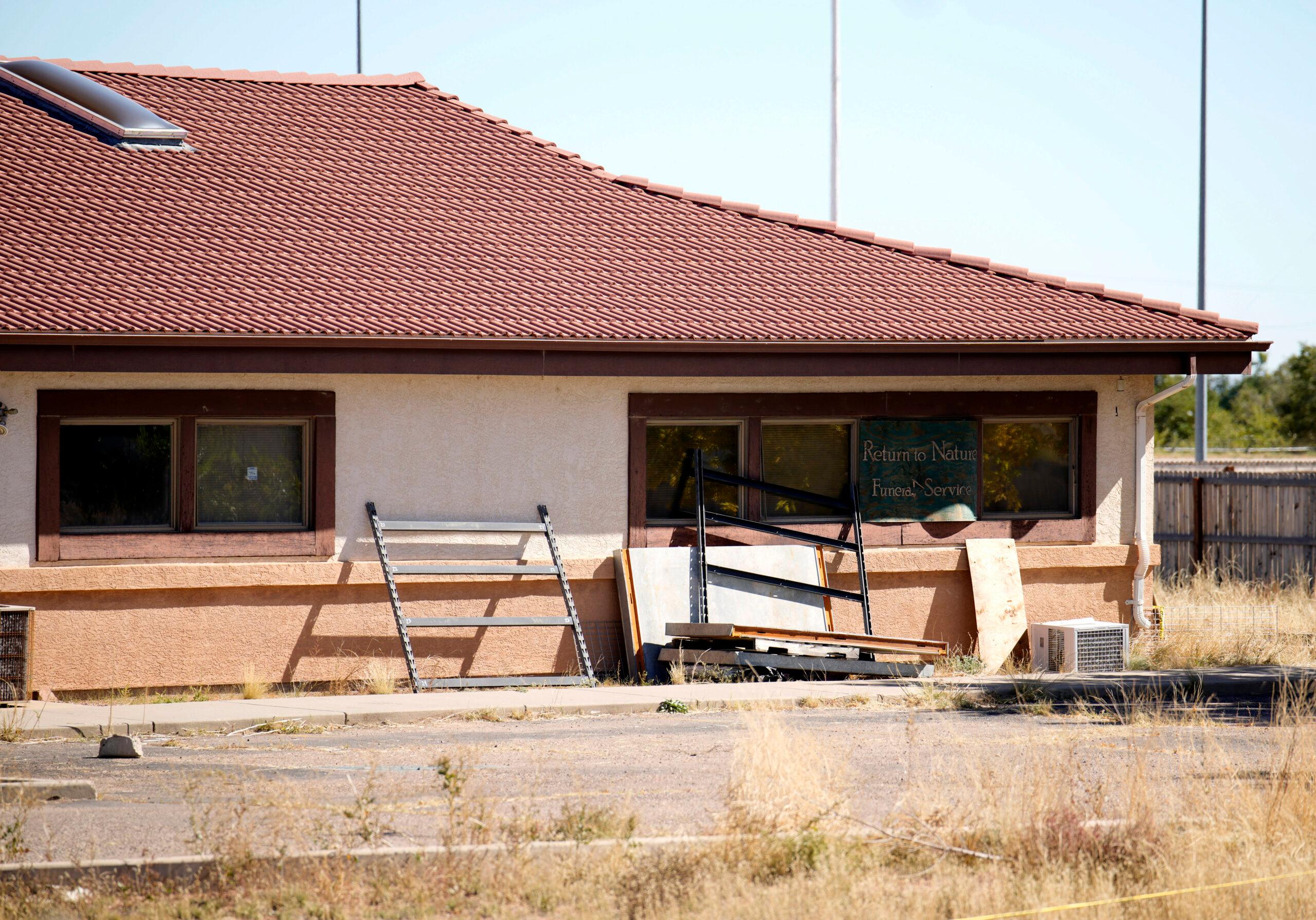
The highly pathogenic avian flu has been spreading across the United States since spring 2022, but the disease, which has primarily infected waterfowl and domestic poultry, has now begun to impact another major agricultural species: cows.
Since late March, the U.S. Department of Agriculture has detected 34 cases of avian flu in cows across nine different states. Colorado became the latest state to confirm a cattle herd case on April 25, when the National Veterinary Services Laboratory announced it had found the disease circulating among dairy cows in Northeast Colorado.
The recent development has fueled questions about the threat avian flu poses to humans, as well as concerns about the safety of many common food items.
How did the avian flu spread from birds to cows?
The current strain of the avian flu has been known to sporadically jump from birds to wild mammals. In Colorado alone, the disease has appeared in a black bear, a mountain lion and a skunk, all of which exhibited symptoms and died.
“Those wild mammals are in more, I would say, high contact with the wild birds,” said Dr. Maggie Baldwin, the Colorado State veterinarian. “So those mammalian spillover events made sense biologically to us.”
However, in March, farmers in Texas observed a similar phenomenon among their herds. About 10 percent of certain commercial dairy herds began exhibiting symptoms of the virus: low appetite, decreased production, and producing abnormal-looking milk.
All tests administered to the cows came back negative until officials began testing them for avian flu. Baldwin said it makes sense that cows were routinely exposed to wild birds, as many herds pasture on open land. She said a more concerning development is that the disease appears to be spreading from cow to cow.
“[Spread] does appear to be cow-to-cow transmission,” she said. “The exact mechanism of that transmission, we don't yet know.”
Is avian flu as deadly for cows as it is for birds?
Avian flu has a near-guaranteed death rate for infected birds. That’s why a single infection at commercial poultry farms has been so devastating.
Once they detect a case, farmers are required to cull the entire flock to prevent the disease from spreading to another farm. Since 2022, over 90 million commercial poultry have been killed by the virus or in preventative culls.
However, veterinarians across the state have noticed that cows typically survive infections.
“The good news side is that the dairy cattle don't seem to be clinically impacted really significantly,” Baldwin said. “This is not causing mortality in the dairy cattle. They all seem to recover uneventfully after being provided supportive care.”
Are milk and other dairy products safe to consume?
Last week, the Food and Drug Administration announced that roughly one in five retail milk samples tested positive for traces of the avian flu. Baldwin said while that illustrates the scale of the avian flu outbreak, that shouldn’t be a cause of concern for consumers.
“The commercial milk supply is safe. Our milk is safe to drink,” Baldwin said. “That means that the virus was present in the milk at some point in time, but additional testing they call virus isolation showed that it has been deactivated, that pasteurization kills it.”
In Colorado, all the dairy products you’ll find in grocery stores undergo pasteurization, which means the milk is heated at a high temperature for a short period of time to kill bacteria. That includes items like butter, yogurt and ice cream.

It’s possible to buy unpasteurized raw milk in Colorado, but not without some legwork. While lawmakers recently killed a bill that would have expanded access to raw milk, farms are still authorized to sell raw milk under herdshare programs, when consumers buy and own a share of a cow’s milk.
Baldwin advises consumers and producers to know the risks of ingesting raw milk, which can host a wide variety of pathogens.
“There is a higher risk with consumption of raw milk, and there's a higher risk that high-pathogenic avian influenza could be present in raw milk because there is no pasteurization step to kill the virus like there is in our commercial, grade A milk supply,” she said.
What about beef?
Baldwin said impacts on commercial cows appear to be largely isolated to dairy cattle.
“The virus seems to have a predilection for mammary tissue and milk,” she said.
That doesn’t mean federal and state officials aren’t looking for other potential impacts. Food safety officials said Monday it would begin sampling ground beef in states where cows have tested positive for avian flu. Agriculture officials will also purposefully infect beef with the virus to see if it can survive being cooked to different temperatures.
What are Colorado farmers being instructed to do by state and federal officials?
Since Monday, cattle farmers across the U.S. have be required to test all cows crossing state borders for avian flu before traveling. They must also collect milk samples from individual cows for testing before shipping their products across state lines.
Farmers are also being encouraged to adopt extra biosecurity measures, similar to those implemented by poultry farmers when the virus first began to spread.
“It's really challenging because if you've ever been out to a dairy, they are almost an open feeder for our wild birds that fly by,” Baldwin said.
The National Dairy Farm program recommends isolating infected cattle, verifying the cleanliness of cow feed and regularly cleaning out water supplies, among other steps.
When will this avian flu outbreak end?
Baldwin said the longevity of the current avian flu outbreak is unprecedented. Typically, strains will die out after one migratory season.
“We've never seen this before with avian influenza,” she said. “We've never seen something this persistent and this extensive with this long-lasting global impact.”
Though officials note that human infection is extremely rare, two humans in the U.S., one of whom lived in Colorado, have been infected so far, likely due to extremely close contact with infected animals. Both recovered from the virus.
Still, global disease experts worry the disease could be on a path toward human-to-human infection. The length of the outbreak previously led experts to worry about eventual mammal-to-mammal transmission — a prediction that came true when signs emerged that cows were spreading the virus to each other. Each time it jumps from a bird to a new mammalian species, the virus has a chance to mutate and become more infectious to humans.
Because human cases are so rare, there isn’t much an average person has to do to ward off possible infection. However, hunters and those who eat wild game should inspect raw meat for abnormalities and cook it thoroughly to ensure any bacteria is killed.









